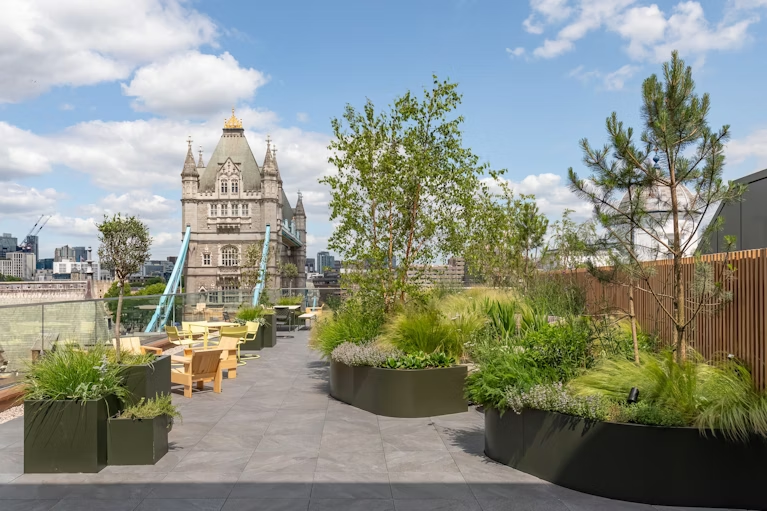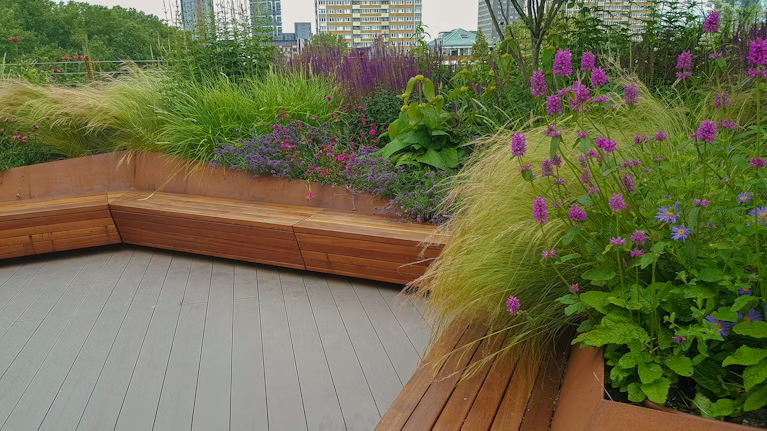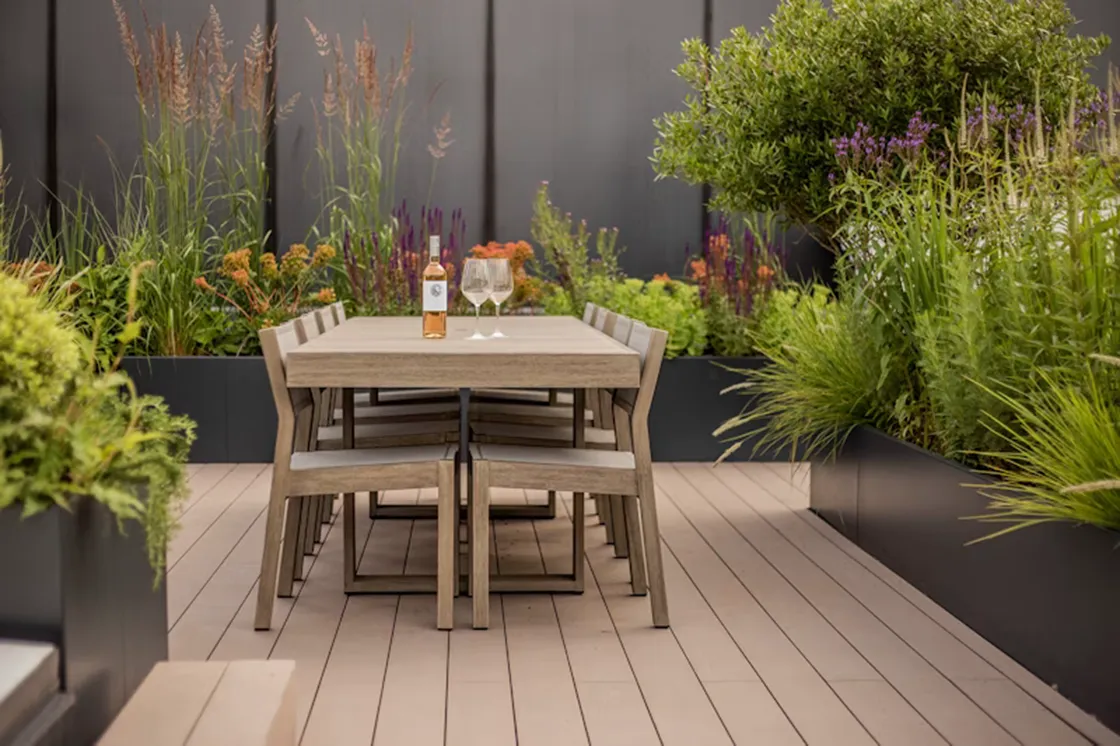One of the most critical threats facing rooftop environments is wind uplift, a powerful force that can compromise surfaces, displace materials and put people at risk. Whether it’s flying tiles during a storm or water damage from poor drainage, the consequences can be costly, dangerous and difficult to repair.
That’s why the foundation of any rooftop space must be as carefully considered as its design. Raaft’s adjustable pedestal systems, engineered with integrated wind uplift prevention, provide a robust, secure and long-lasting solution. Built to withstand the harshest rooftop conditions, these systems ensure that elevated surfaces stay safe, stable and secure, no matter the weather.
In this blog, we will explore how Raaft’s innovative pedestal technology supports the future of rooftop living, combining architectural freedom with engineered safety.
The modern rooftop: Design meets exposure
Rooftops have evolved into valuable spaces for gathering, recreation and sustainability, serving as green roofs, social terraces and outdoor amenities. But with this transformation comes increased exposure to the elements.
High winds, heavy rain, temperature shifts and UV exposure all create unique challenges in elevated environments. Without proper systems in place, these conditions can lead to surface damage, water pooling and safety hazards.
That is why safety is critical. Beyond protecting people, it helps reduce liability, cut maintenance costs and ensure long-term performance. Building durable rooftop spaces starts with engineered solutions that can stand up to the environment.


_2000_xemso_gotjv.avif)






